Choose Safe Places For Early Care And Education
Some chemicals in the environment can make people sick, especially young children. This is called environmental contamination. Children spend a lot of time at licensed child care centers or home child care providers – up to 36 per week on average! So, it is important that harmful chemicals are not in the air they breathe, the water they drink, or soil they touch or swallow while in care.
The Rhode Island Department of Health Choose Safe Places for Early Care and Education program is funded by the Agency for Toxic Substances and Disease Registry (ATSDR) to assist licensed child care providers and staff in taking steps to choose safe locations and protect children and staff from hazardous chemicals and contaminants at existing sites.
Because of their behaviors, size, and age, children are more likely to have health effects from environmental contamination.
- Children, particularly young children, crawl on their hands and put things in their mouths, so they are more likely to swallow environmental contaminants.
- Children are smaller than adults. If a child and adult swallow the same amount of a contaminant, the child has swallowed more compared to their size than the adult
- Children are also still growing. Environmental contaminants may disrupt the way their bodies develop. This can cause lifelong health problems.
- Some health problems, like cancer, can take many years to develop. Children have more years left to live than adults, so they have a longer time to develop health problems from environmental contaminants.
When you are looking for a new location for your child care center, environmental health is just as important to consider as accessibility, value, and capacity. The Choose Safe Places program can help you understand key environmental health considerations as you explore your options.
There are four key considerations for selecting a safe location:
- Previous use of a location can leave harmful chemicals behind.
- Harmful chemicals can move from one location to another through the air, soil, or groundwater.
- Some harmful substances occur naturally.
- Access to safe drinking water is critical to health.
Our staff have developed some tools to help you identify areas of potential concern. Our voluntary property checklist includes questions covering major components of environmental health and provides additional resources and action steps to minimize risk.
Once you have completed the checklist, program staff can offer you a live, virtual walk through of the location and surrounding areas, highlighting potential hazards, using an interactive map. To access this service, send an email to the Choose Safe Places program for more information and scheduling.
The Choose Safe Places program also offers assistance and tools for family-based care providers as they take steps to protect children, staff, and their business investment from the harmful effects of environmental contamination.
The key considerations for family-based care providers are:
- Building materials and age;
- Indoor air quality; and
- Safe drinking water.
The voluntary checklist (Spanish version) includes a step-by-step system for identifying potential environmental contamination and resources to help care providers determine what to do next.
The Choose Safe Places program partners with organizations that are dedicated to quality child care and education and can offer technical assistance, guidance, and resources.
Choose Safe Places program staff are available to respond to inquiries, questions, and concerns about environmental health topics. They can also provide training to organizations and stakeholders groups based on needs and interests. To submit a request for assistance or training, contact program staff.
Many children spend a lot of time in child care, and we know that parents choose that provider carefully. Parents and caregivers should feel confident that child care facilities are safe and free from environmental hazards.
Parents and caregivers can learn more about best practices and recommendations for keeping child care facilities free from environmental and chemical contamination. There is a voluntary checklist for family-based care providers in both English and Spanish to help identify and address potential concerns.
Parents and caregivers can also use the tools we provide for family-based care providers to evaluate their own homes.
